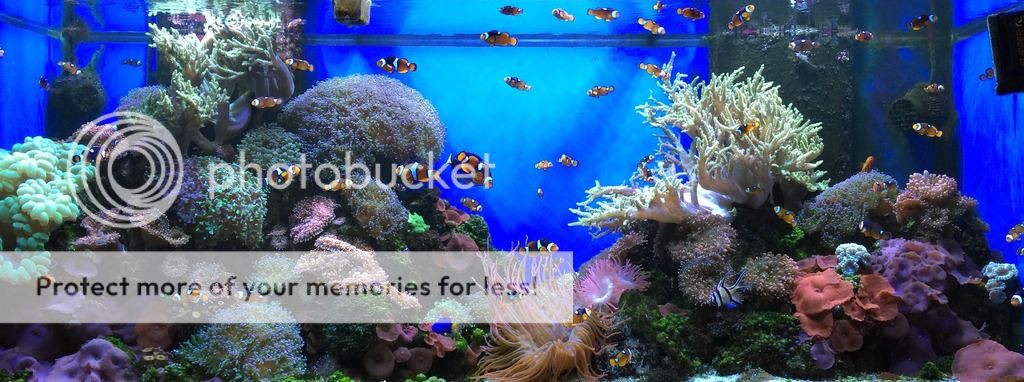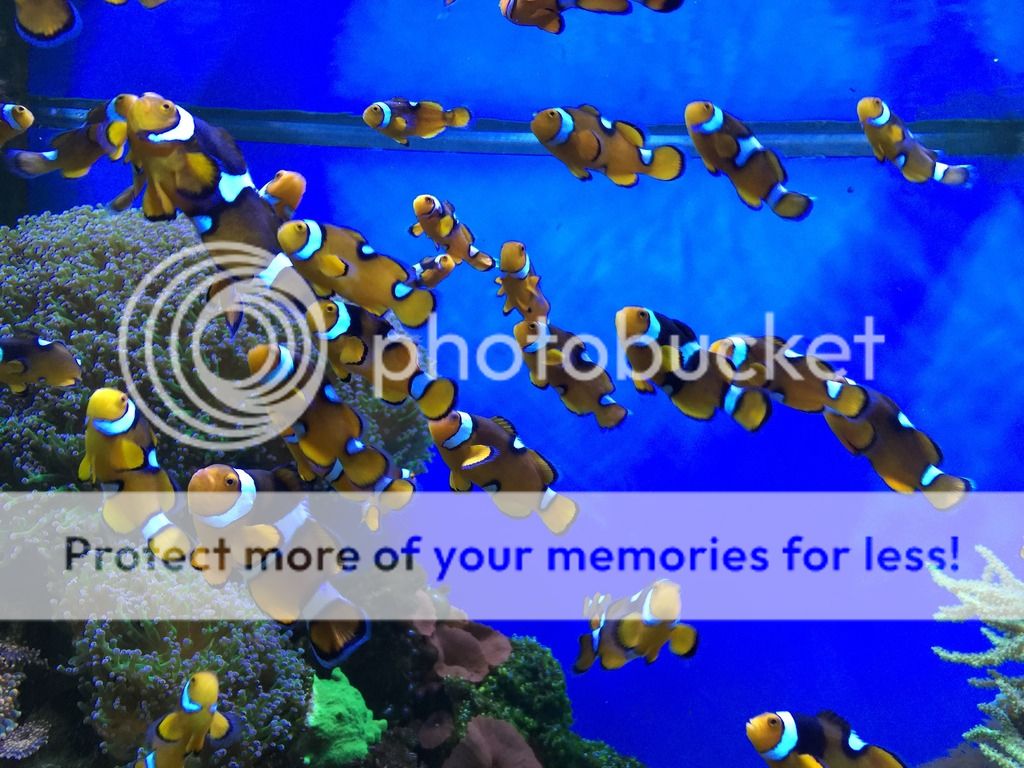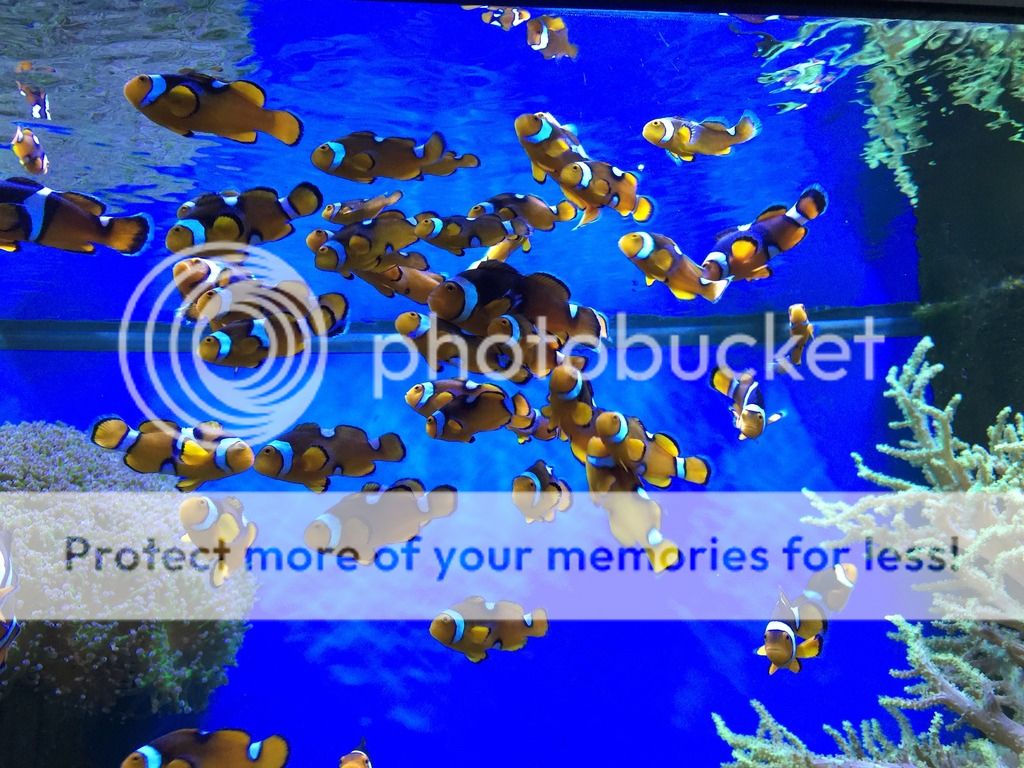BonsaiNut
Premium Member
great info! thanks.. do you know if this is true for other types clowns? (not maroons).
Clowns are so beautiful and easy to care for... I might just sell all my fish and get a tank full of clowns someday
Tank raised clowns, by their very nature, have been raised artificially in close quarters that they would never have experienced in the wild.
A. ocellaris and A. percula are the most common tank-raised clowns because of their small size, easy breeding habit, and the fact that there is a large market for them. They also happen to be the least aggressive of the clown species.
On the other end of the spectrum (as far as aggressiveness goes) are maroons. I have seen a tank full of maroons somewhere (I think the Shedd Aquarium in Chicago) but it was a LARGE tank (1000 gallons or more). If you started with tons of juveniles, you'd probably be ok (depending on tank size). The issue always comes down to the first pair that matures and starts to spawn. In the case of A. percula, the adults are small and almost the same size as the juveniles. An adult female maroon can be a smasher at 6" or more. I have seen them draw blood from a human arm. So perhaps you may have a problem when the dominant female is so much larger than all the other fish...




